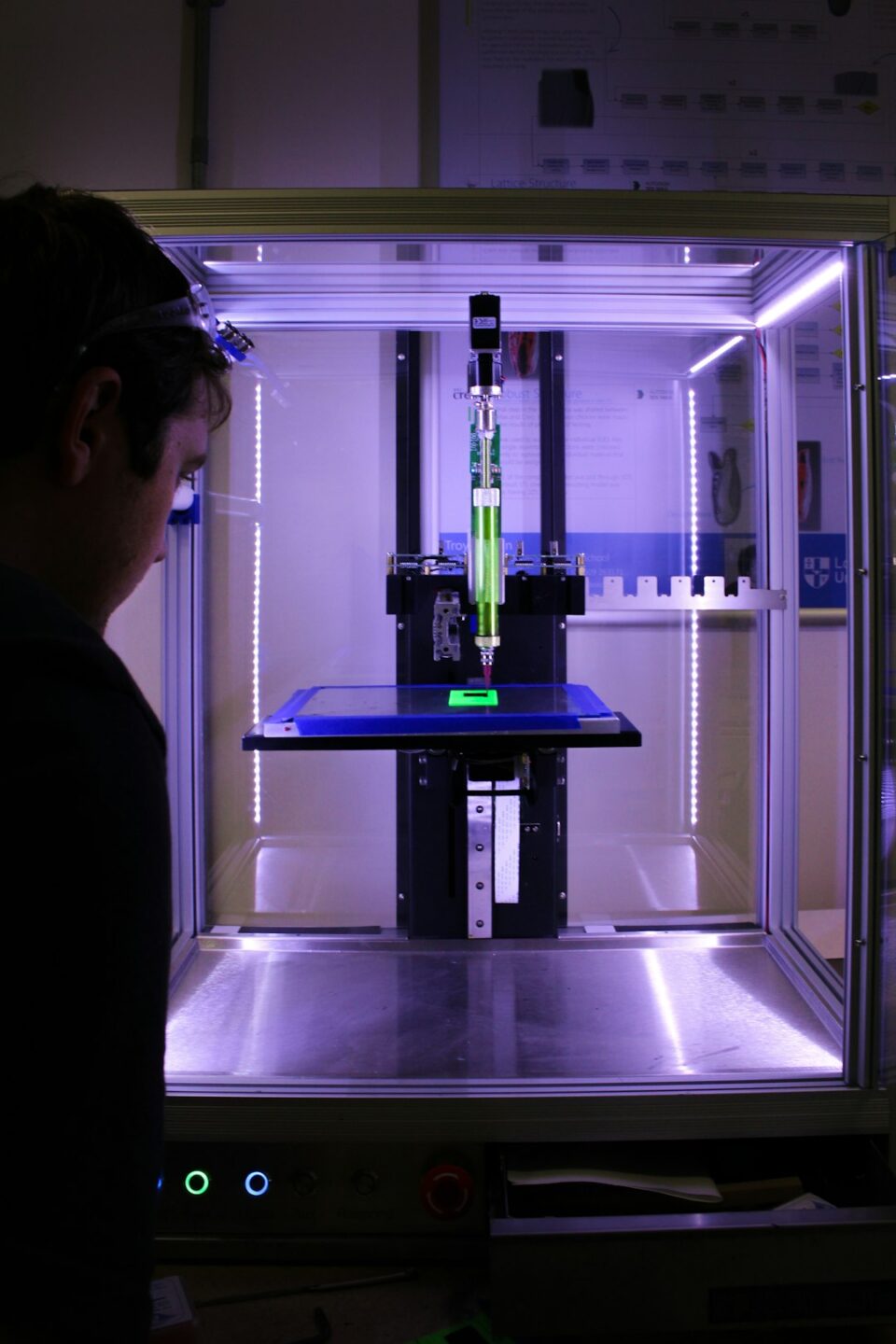Virtual reality (VR) technology has been making significant strides in recent years, and its potential applications in the manufacturing industry are truly remarkable. As we look towards the future, it is clear that VR will play an increasingly important role in revolutionizing the way products are designed, produced, and tested. In this blog post, we will explore the various ways in which virtual reality is transforming the manufacturing sector and examine the key trends that are shaping its future.
One of the most exciting developments in the field of virtual reality is the use of VR for product design and prototyping. Traditionally, product designers and engineers would create physical prototypes to test their ideas and designs. However, this process can be time-consuming and costly, often requiring multiple iterations before a final design is approved. With VR technology, designers can now create virtual prototypes that can be easily manipulated and tested in a virtual environment. This not only saves time and money, but also allows for greater creativity and innovation in the design process.
Furthermore, VR is also being used for training and education in the manufacturing industry. With VR simulations, workers can be trained on complex machinery and equipment in a safe and controlled environment. This not only reduces the risk of accidents and injuries, but also ensures that workers are properly trained before they enter the factory floor. VR training programs can be customized to simulate specific tasks and scenarios, making it an effective tool for onboarding new employees and upskilling existing workers.
In addition to design and training, virtual reality is also being used for quality control and inspection in manufacturing. By creating virtual replicas of products, manufacturers can conduct detailed inspections and checks to identify any defects or flaws before the product goes into production. This not only helps to improve the quality of the final product, but also reduces waste and rework. With VR technology, manufacturers can visualize and analyze every aspect of the product, leading to higher quality standards and increased customer satisfaction.
Another exciting application of virtual reality in manufacturing is remote collaboration. With VR headsets, teams of engineers and designers can collaborate and work together in a virtual environment, regardless of their physical location. This enables teams to work more efficiently and effectively, as they can share ideas, designs, and feedback in real-time. Remote collaboration in VR also allows for greater flexibility and agility in the product development process, as teams can quickly adapt to changing requirements and market demands.
Looking towards the future, the potential for virtual reality in manufacturing is truly limitless. As VR technology continues to evolve and become more sophisticated, we can expect to see even greater advancements in the way products are designed, produced, and tested. One emerging trend is the use of augmented reality (AR) in conjunction with VR, creating a mixed reality environment where physical and virtual objects coexist. This seamless integration of the virtual and physical worlds will enable manufacturers to create even more immersive and interactive experiences for their employees and customers.
Furthermore, the rise of the Internet of Things (IoT) is also expected to drive the adoption of virtual reality in manufacturing. As more machines and devices become connected to the internet, manufacturers will be able to collect and analyze vast amounts of data in real-time. By visualizing this data in a virtual environment, manufacturers can gain valuable insights into their production processes and make data-driven decisions to optimize efficiency and performance. Virtual reality will thus become an essential tool for gaining a competitive edge in the Industry 4.0 era.
In conclusion, the future of virtual reality in manufacturing is bright and full of potential. From product design and prototyping to training and education, quality control and inspection, remote collaboration, and beyond, VR technology is revolutionizing the way products are made. As the technology continues to evolve and become more integrated with other emerging technologies, we can expect to see even greater advancements in the manufacturing industry. In the years to come, virtual reality will play a crucial role in driving innovation, efficiency, and competitiveness in the manufacturing sector. It is truly an exciting time to be a part of this transformative industry.

